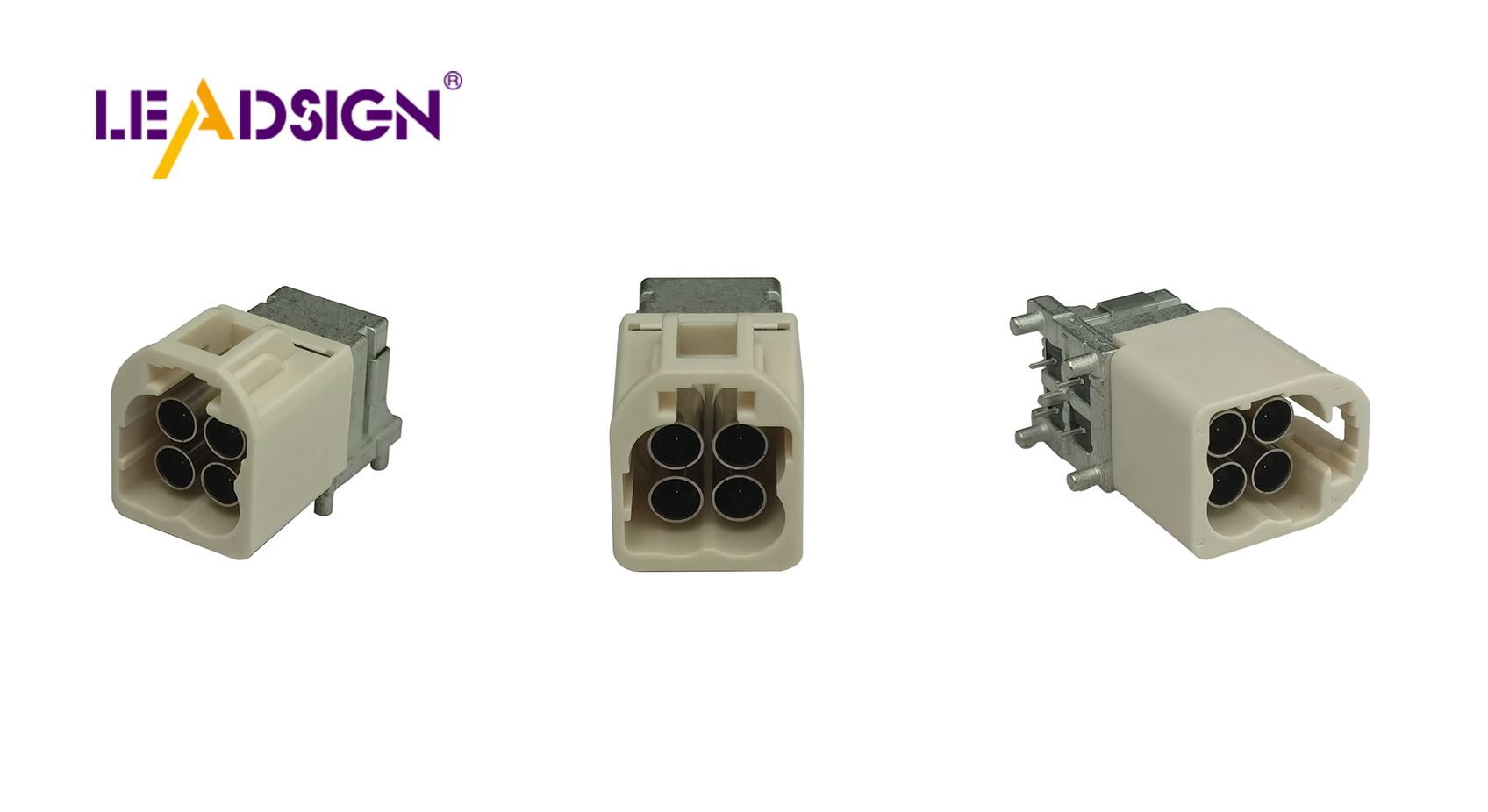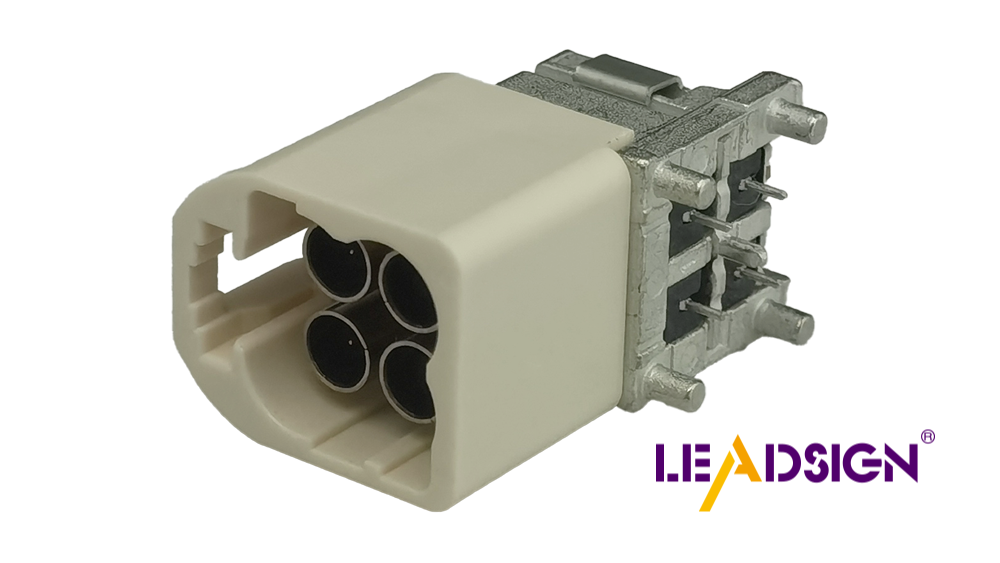Understanding Automotive Electrical Connectors Types

Automotive electrical connectors are crucial in modern vehicles, facilitating communication between various electronic components, which is essential for optimal vehicle performance. As the demand for electric vehicles increases, the need for these connectors is rapidly expanding. In 2022, the market was valued at USD 7.9 billion and is projected to grow by 7% annually until 2032. This underscores the importance of understanding the different automotive electrical connectors types. These connectors play a vital role in vehicle operation and battery management, enhancing overall vehicle functionality.
Overview of Automotive Electrical Connectors Types

Car electrical connectors are important for vehicle systems to work well. Knowing these helps pick the right one for the job, improving how things work and last. Overview of Automotive Electrical Connectors
Blade Connectors
Features and Applications
Blade connectors, also called spade connectors, are flat metal pieces that fit into slots. They are easy to use and hold tight in cars. These connect wires to parts like blocks or other pieces, making it easy to take apart and put back together. They are used in car lights and sound systems.
Advantages and Disadvantages
Blade connectors have good points. They make strong links that are simple to set up and take down. Their shape helps with quick fixes. But they might not be great where there’s lots of shaking because they can get loose. Also, they need good covering to stop short circuits.
Pin Connectors
Features and Applications
Pin connectors have a pin-and-socket style for firm connections. They're used in car wire bundles needing many links in small areas. These are key in engine controls and sensor hookups.
Advantages and Disadvantages
Pin connectors are tough and reliable, even when cars shake or move a lot. But setting them up is harder than blade ones since they need exact placement. Plus, they can cost more due to their tricky design.
Butt Connectors
Features and Applications
Butt connectors join two wires end-to-end straightly. They're handy for fixing or stretching wires without adding size. In cars, they're used for wiring fixes or setups, giving strong covered links that last long.
Advantages and Disadvantages
Butt connectors make joining wires easy for fast repairs. They stop wire ends from breaking, keeping the link strong longer. But you need special tools to set them up right, which is hard if you don’t have them. Also, they might not handle high power well without good covering.
Ring Connectors
Features and Uses
Ring connectors are important in cars. They have a round metal loop that fits on a bolt or screw. This makes them strong and reliable, so they are used a lot in cars. They're often used for grounding and battery links where steady connections matter. The ring shape makes it easy to attach to terminals, holding tight even when the car shakes.
Ring connectors work well where strength is needed. They don't come loose, even in tough spots. This makes them great for engine control and power systems. By keeping a steady electric path, they help car systems work better.
Good Points and Bad Points
Ring connectors have many good sides that make them popular in cars. Their main advantage is making strong, lasting links. This stops accidental disconnections that can cause problems. Also, their simple shape means they're easy to put in small spaces.
But there are some downsides too. To disconnect them, you must take off the bolt or screw, which takes time during fixes. This isn't good if you need quick changes. Plus, if not set up right, they might not connect well, so careful setup is important.
Things to Think About When Picking Connectors
Choosing the right car electrical connectors is important. It helps vehicle systems work well. You need to think about different things to choose wisely.
Weather Conditions
Heat and Wetness
Cars face hot and cold weather often. Connectors must handle these without problems. Insulated ring terminals protect against heat and cold, keeping connections stable. They also stop water from causing rust or electric issues.
Chemical Exposure
Cars meet chemicals like oil and cleaning stuff. Connectors near these must stay strong. Sealed connectors keep dirt out, staying reliable in tough spots. This is key for engine areas with lots of chemicals.
Power Needs
Current and Voltage Levels
Different connectors handle different power levels. Pick ones that fit your needs. Ring eyelet connectors join wires to batteries, handling needed power well.
Signal Quality
Keeping signals clear is vital for electronics to work right. Connectors must keep paths steady to avoid signal loss. Ring terminals attach tightly, ensuring good contact for systems like engines.
Physical Needs
Strength and Shake Resistance
Connectors face shaking in cars a lot. They must be strong to stay connected. Ring connectors are great here, holding tight even when cars shake near engines.
Easy Setup
Easy setup matters when picking car connectors too. They should be simple to put together or take apart for fixes. Some, like pin connectors, need careful lining up, but others like blade connectors, are easy for quick repairs.
By thinking about these points, you can pick the best car electrical connectors for each job, helping cars run better and last longer.
Common Problems and Fixes
Automotive electrical connectors types are key for cars to work well. But they can have problems that make them not work right. Knowing these issues and fixing them keeps cars safe and reliable.
Connector Problems
Connector problems can mess up car systems, causing things to break or stop working. Finding out why these happen helps stop them.
Why They Fail
Weather Issues: Connectors deal with tough weather like heat, wetness, and dust. These can cause rust or wear out the connector, making it not work well.
Physical Stress: Shaking and stress from driving can loosen or break connectors, leading to weak links.
Wrong Setup: If set up wrong, connectors might not fit right or touch enough, causing bad connections.
Bad Materials: Using wrong materials for connectors can lead to reactions or wear, making them last less long.
How to Prevent and Fix
Pick the Right Kind: Choose the right automotive electrical connectors types for different weather conditions. They should handle changes in temperature, wetness, and dirt to stay safe.
Check Often: Regular checks find small problems before they get big. Look for signs of wear or damage to stop failures.
Set Up Right: Correct setup stops misfits or bad contact. Training workers on how to do it right makes things more reliable.
Use Good Stuff: Choosing strong and matching materials reduces chances of reactions and wear.
Care Tips
Taking care of automotive electrical connectors types keeps them working well longer. Simple steps help avoid many common problems.
Check Regularly
Look Over Them: Often check connectors for rust, wear, or damage signs. Watch for color changes or loose parts that show hidden issues.
Test Them Out: Sometimes test connectors to make sure they keep good electric flow. This finds problems that looking alone might miss.
Clean and Change
Clean Up: Keep connectors clean by wiping away dirt, dust, and wetness with safe cleaners that don’t harm the material.
Swap Out Bad Ones: Change any worn-out or damaged connectors with new ones for best performance and fewer failures.
By knowing common problems and using smart fixes, automotive electrical connectors types keep helping car systems run smoothly. Regular care and picking the right ones add to cars being safe and reliable.
Choosing the right automotive electrical connectors is very important. It helps cars work well and stay safe. The type of connector affects how systems run and last. Think about things like weather, power needs, and strength to stop problems. Knowing different connectors helps you pick the best one for your car. Checking them often keeps them working longer. As cars change, learning about new connectors and tests is key for good connections.
See Also
Exploring HSD Connectors in Automotive Sector
Navigating Ford Fakra Connectors
Significance of Fakra Connectors in Modern Cars

